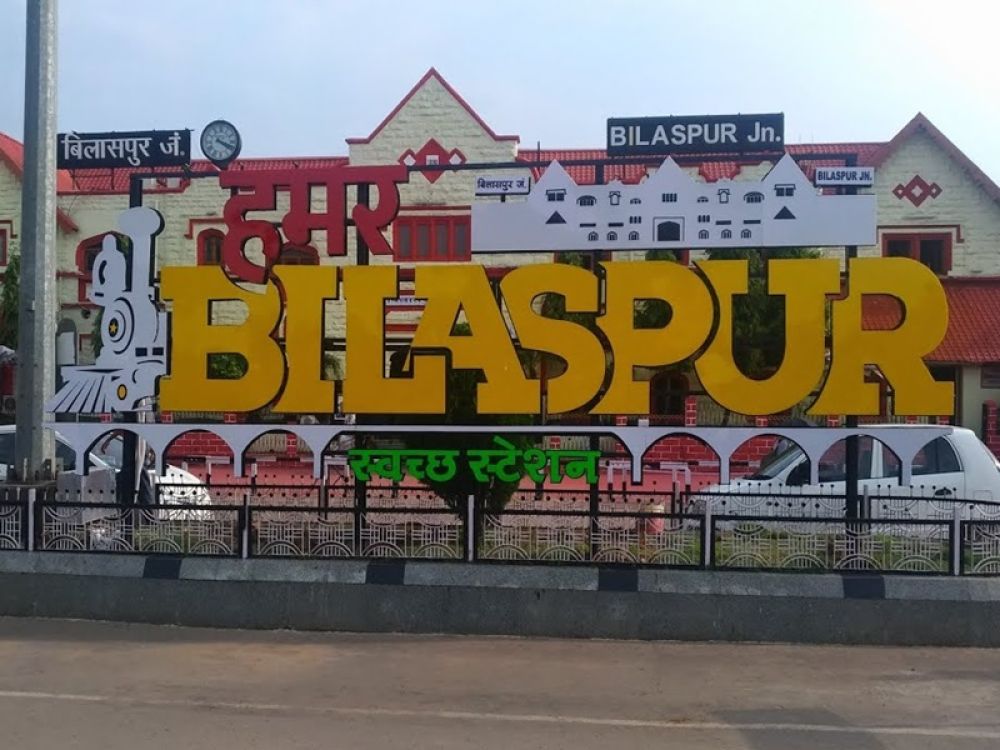

Tourism in Bilaspur, Chhattisgarh, has evolved over time, beginning as a largely unexplored region to emerging as an intriguing destination for travelers seeking history, culture, and natural beauty. Bilaspur is often referred to as the "Rice Bowl of India" due to its extensive rice milling and has a rich cultural heritage that reflects in its temples, palaces, and ancient sites.
Bilaspur's history stretches back hundreds of years and is integral to understanding its appeal as a tourist destination. The area was once part of the Kalachuri dynasty during the 10th-12th centuries AD and later became the seat of power for the Maratha Empire in the 17th century. The remnants of these eras can still be found in the form of ancient structures and temples, which form the historical backbone of Bilaspur’s tourism.
Ratanpur Fort, an ancient fort dating back over 1,000 years, has become a focal point for visitors interested in the region's history. Similarly, the Malhar and Talagram archaeological sites hold artifacts and remains that speak volumes of the bygone eras and have steadily grown as tourist attractions.
During the latter half of the 20th century, Bilaspur started gaining attention as a tourism spot due to the construction of large dams like the Khapri Dam and the Gobra Nawapara Dam, which not only had significant agricultural and economic impacts but also created scenic landscapes ideal for tourism.
Additionally, the formation of Chhattisgarh as a separate state from Madhya Pradesh in 2000 brought more focused development efforts in tourism to the region. Since then, the government has initiated several projects to preserve historical sites and promote eco-tourism in Bilaspur.
In recent years, Bilaspur has seen a substantial shift towards sustainable and eco-friendly tourism. The district is blessed with a diverse range of flora and fauna, and initiatives like Achanakmar Wildlife Sanctuary have placed it on the map for wildlife enthusiasts.
Another emerging trend is the increased interest in cultural tourism. Festivals such as the colorful Rath Yatra and the traditional Nalwari Fair provide visitors with opportunities to immerse themselves in the rich cultural tapestry of Bilaspur. Local handicrafts, cuisine, and dance also play a significant role in attracting tourists looking for authentic experiences.
As Bilaspur continues to develop its tourism potential, there is a distinct focus on improving infrastructure and access to remote areas. This includes enhancing transportation links, establishing better accommodations, and providing detailed tourist information. All these efforts are aimed at making Bilaspur a sought-after destination for the discerning traveler, eager to explore the rich tapestry of India's heartland.
The blend of historical intrigue, natural beauty, cultural diversity, and modern developments make Bilaspur an exciting and growing destination within India's vast tourism landscape.